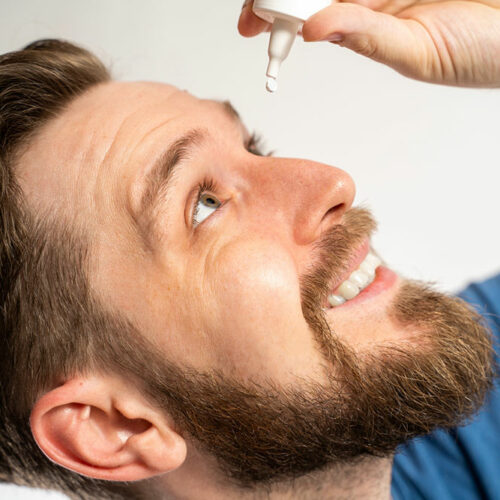11 common migraine causing odors

Migraine is a neurological disorder characterized by severe, pulsating headaches often accompanied by nausea, vomiting, and extreme sensitivity to light and sound. While the exact cause of migraines remains elusive, various triggers have been identified, including certain odors. Odor-triggered migraines can be particularly challenging to manage and treat. Below are some familiar smells that may trigger the condition, simple strategies to cope with them, and other factors that can trigger migraines. Why do certain odors cause migraine? The phenomenon of migraine headaches due to odor sensitivity is called osmophobia or olfactory migraines. The exact mechanism by which odors trigger migraines is not fully understood, but several theories exist. One is sensory overload, wherein strong odors overload the brain’s sensory processing, leading to a migraine in individuals susceptible to sensory triggers. Some people may also have heightened sensitivity to certain chemicals found in odorous substances. When exposed to these chemicals, their bodies may react with a migraine. Lastly, odors can activate specific neural pathways in the brain, potentially triggering migraine pathways in those predisposed to migraines. Odors that may trigger migraine Perfumes and fragrances Perfumes and strong fragrances are among the most common migraine triggers. The synthetic chemicals in many perfumes can overwhelm the olfactory system, leading to migraines in susceptible individuals.






